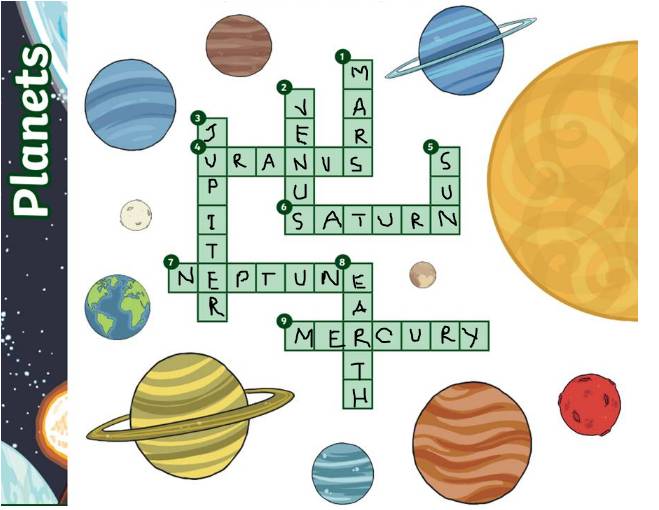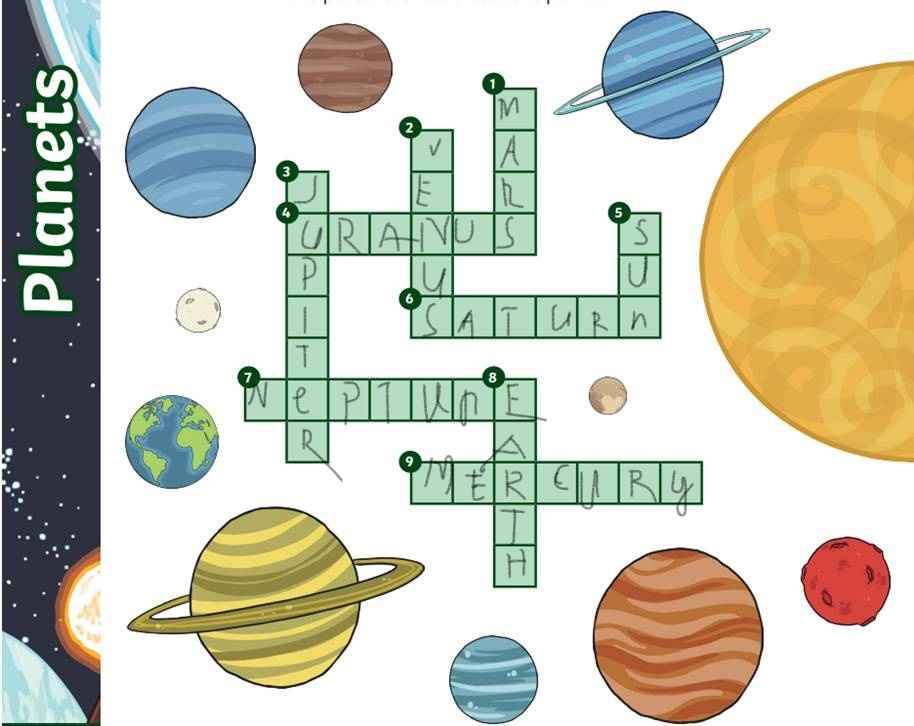Hãy nhập câu hỏi của bạn vào đây, nếu là tài khoản VIP, bạn sẽ được ưu tiên trả lời.

__TRUE__ 1/ A planet revolves around the Earth.
__TRUE__2/ Venus, Mars and Neptune are planets and stars.
__TRUE__ 3/ The Greek were the first to recognize some of the planets.
__TRUE__ 4/ The planets in our solar system travel around the sun and in elliptical orbits .
Sao đúng hết vậy ta ( có thể câu 2 là FALSE nhé bạn ) tớ học Anh Văn cũng không tốt lắm đâu . Đúng thì like cho tớ vui vưới nhé !

VI.Read the passage carefully, tlien decide whot hen the following,statement are true T) or false (F)
There are nine planets in our solar system. These planets each have their atmosphere and environmental conditions. Scientists have been trying to research other planets to see if it is possible for life to exist on the other eight own bodies in space.
Mercury and Pluto are probably the most difficult to research because of their position in the solar system. Mercury is so close to the sun that with our current technology a space shuttle would burn up before it even reached its atmosphere. Pluto is so far away that some scientists believe that it may not even be a planot but a large asteroid or comet. A space shuttle can not trave that far away because it is so far away from the sun that it would freeze.
Many scientists also believe that our solar system is not alone in the uni- with us. It is difficult to know if there is life present elaewhere in the universe. for many years to come. yerse. Many believe there are several other systems that share the uhiverse .The universe is a complex structure of space that may continue to be a mysterey for many years to come
32. There are nine planets in our solar system, besides Earth. T
33. It is difficult to study the planet Mercury because it is very close to the sun.T
34. We don't know much about Pluto even though we can see it up close F
35. Pluto may not be a planet, according to some scientists. T
36. Scientists have got enough information about the universe F
#Yumi

1. It was created about 4.7 billion years ago.
2. Its shape is very close to that of a sphere, not perfectly spherical.
3. They are land and water.
4. They are the North Pole and the South Pole.
5. It's in 24 hours.
1. the Earth was created 4.7 billions years ago.
2. the Earth is very close to that of a sphere, not perfectly spherical.
3. the Earth includes 148,939,100 km2 (29.2 %) is land and 361,126,400 km2 (70.8 %) is water.
4. the places of...surface are called as the poles, one of them is called the North Pole and the other is known as the South Pole.
5. a solar day is completed in 24 hours

1. It is a gas giant Jupiter.
2. Clouds are made of methane, hydrogen, and helium.
3. Saturn is the least dense planet in our solar system and is made mostly of hydrogen and helium.
4. Because it is so lightweight and spins so quickly.
5. Saturn is surrounded by thousands of small rings made of rocks and rice.
1 It is a gas giant like Jupiter.
2 Clouds are made of methane, hydrogen, and helium.
3 Saturn is the least dense planet in our solar system and is made mostly of hydrogen and helium.
4 Because it is so lightweight and spins so quickly.
5 Saturn is surrounded by thousands of small rings made of rocks and rice.


